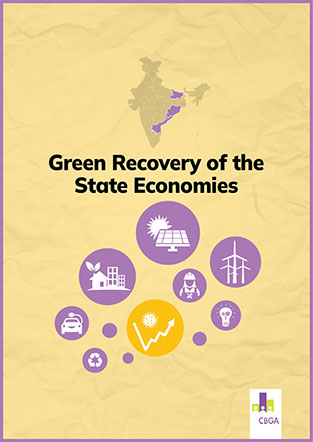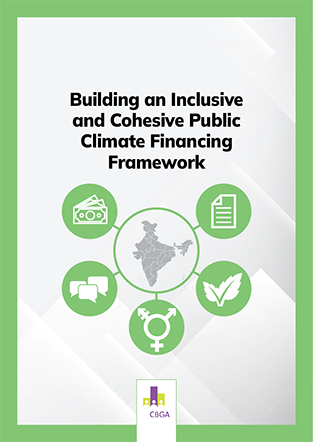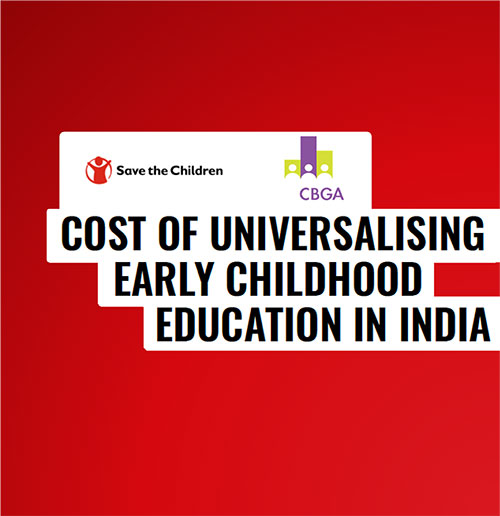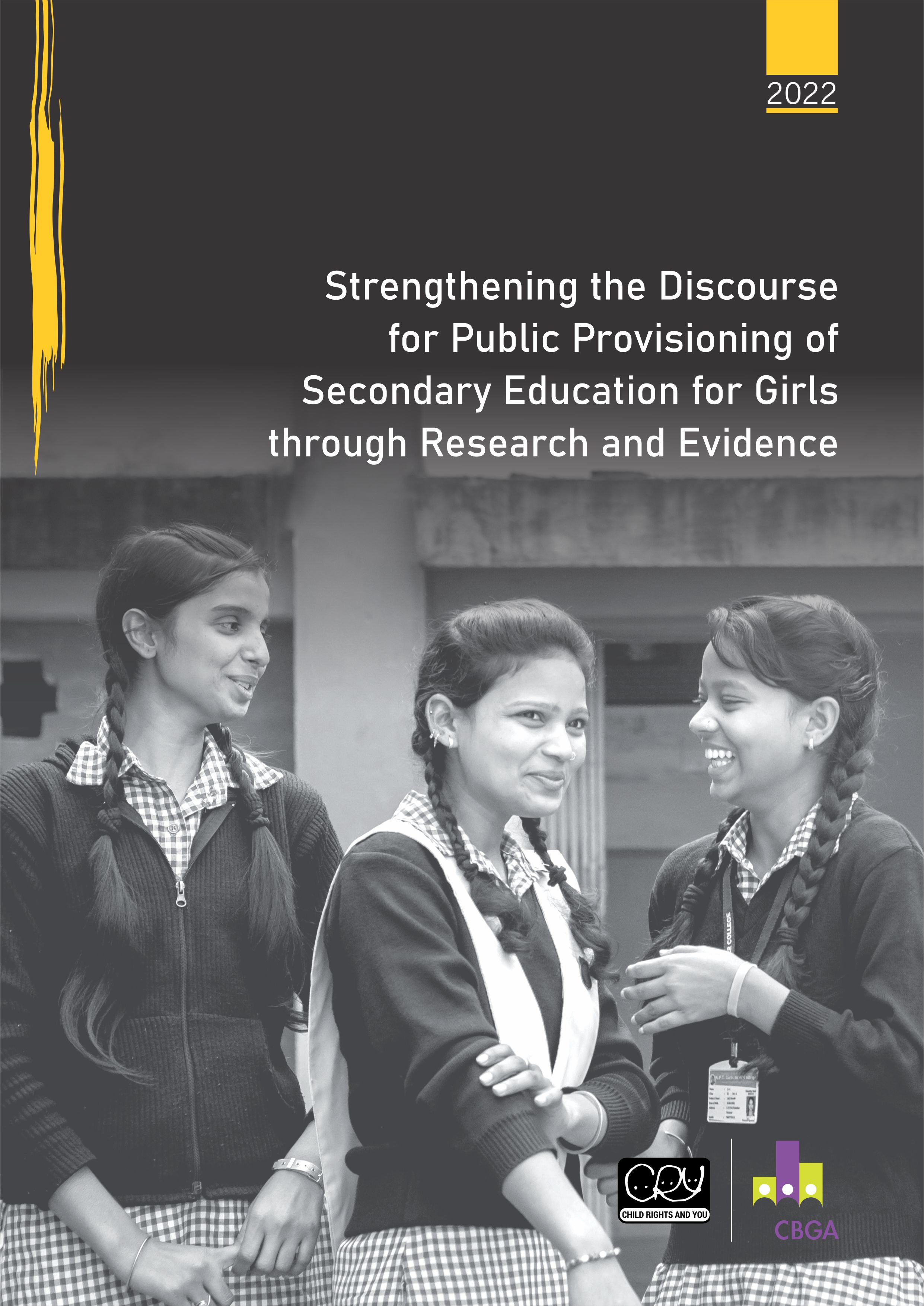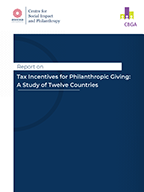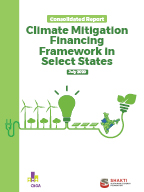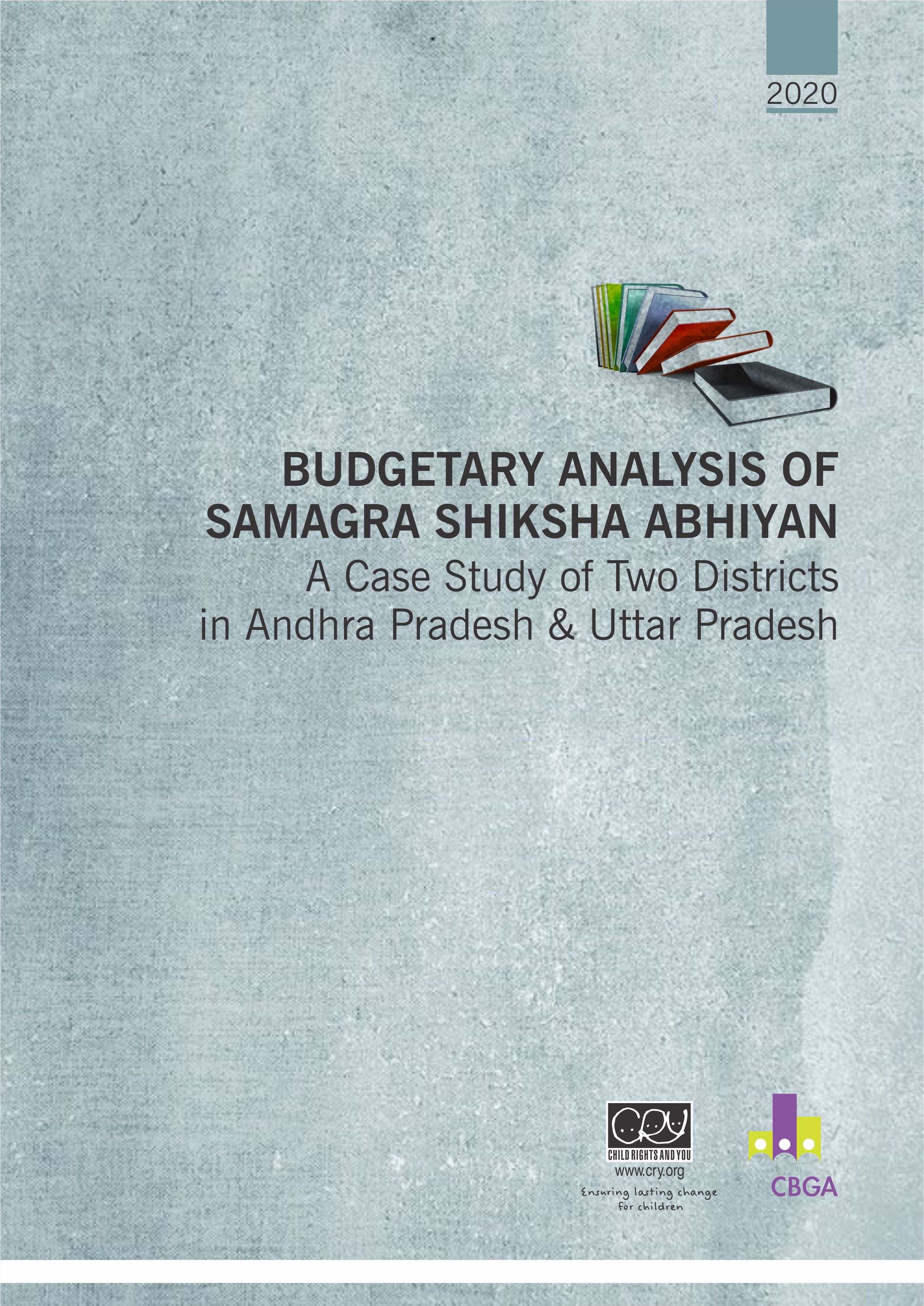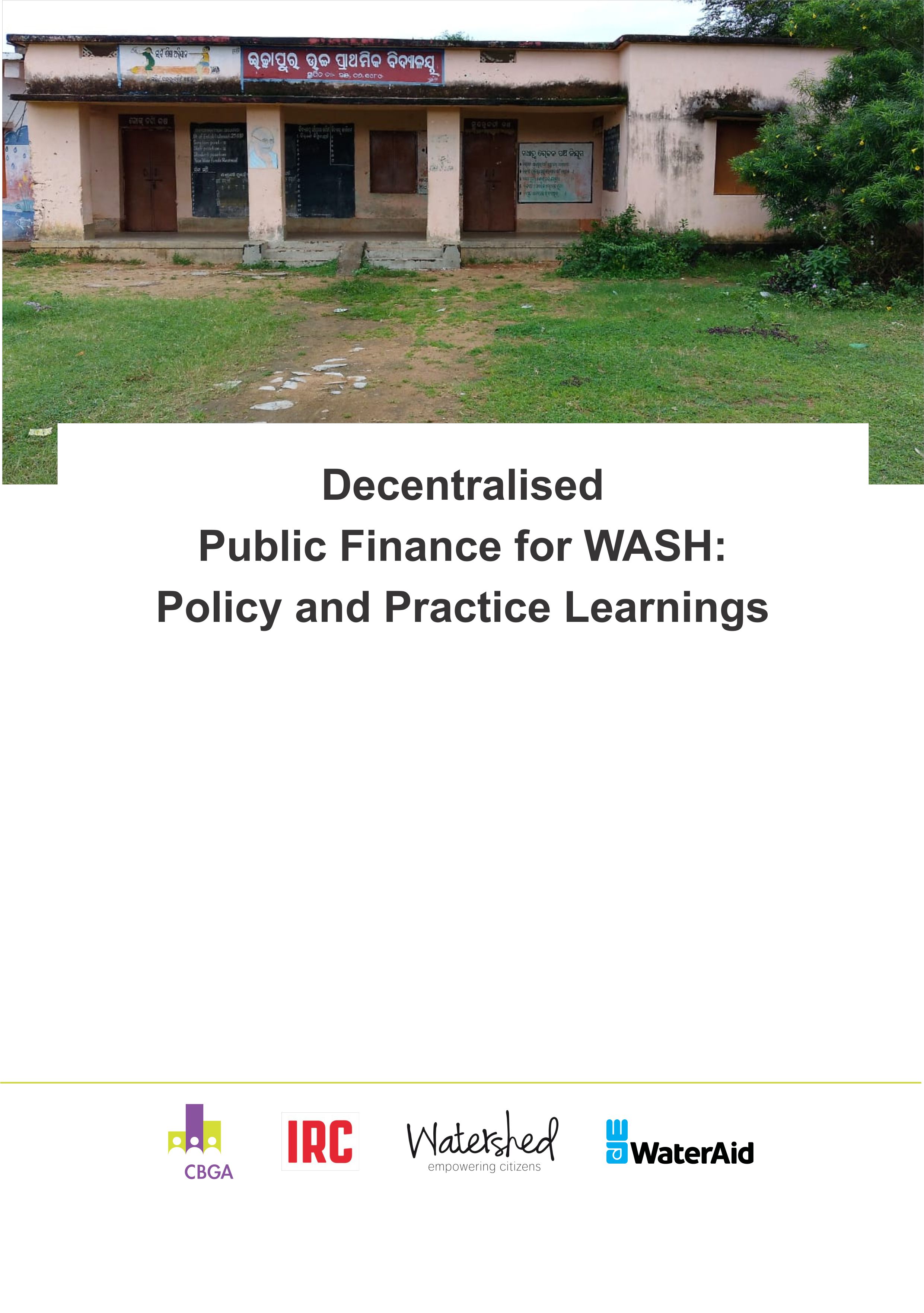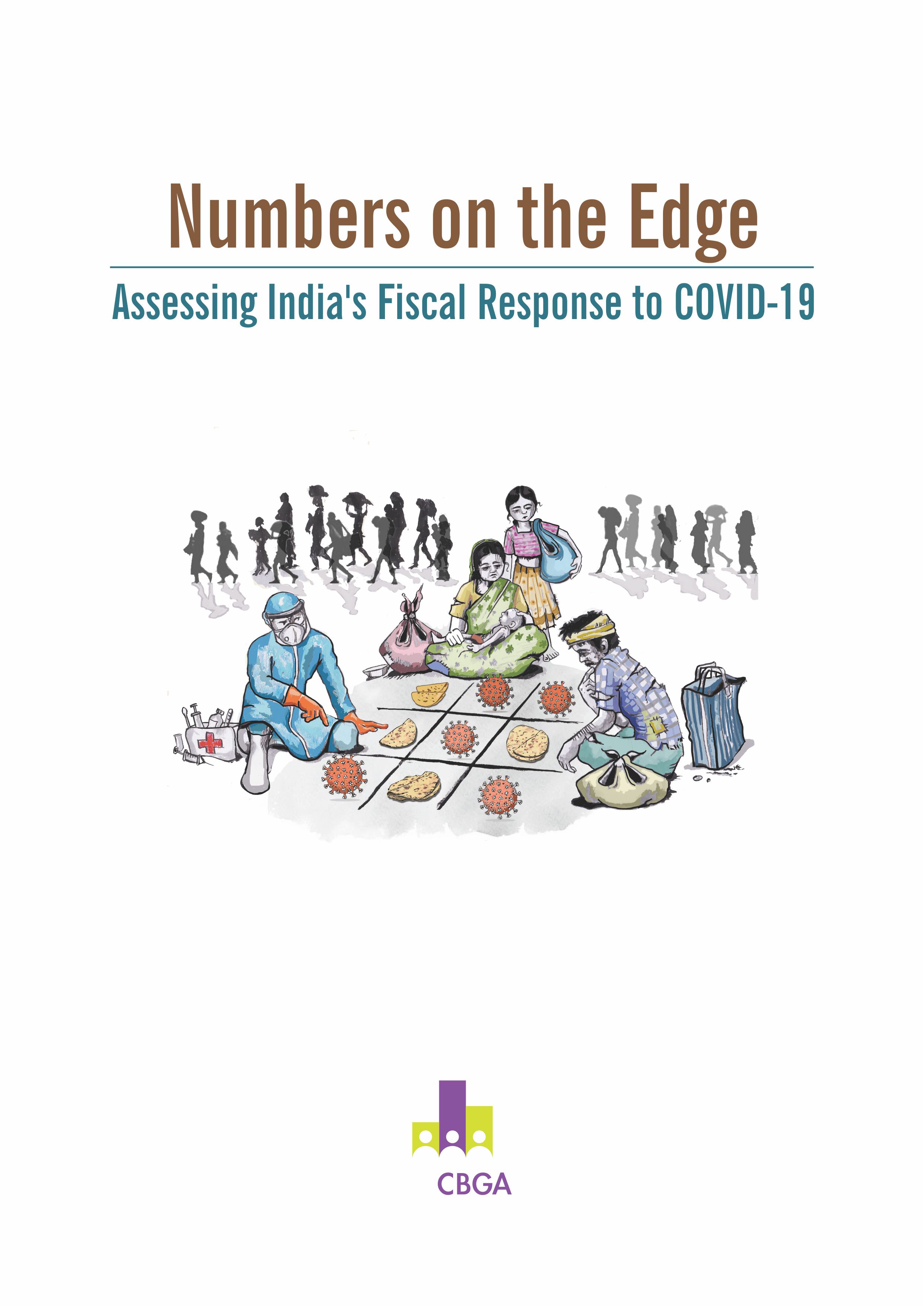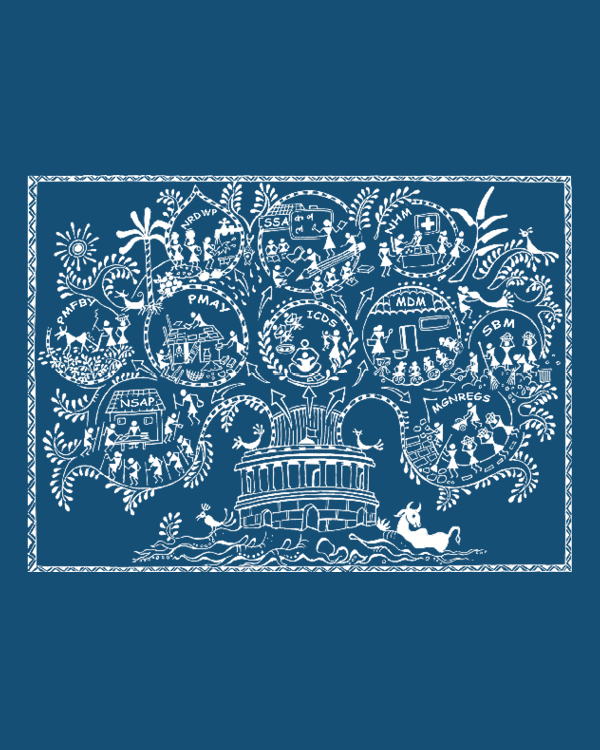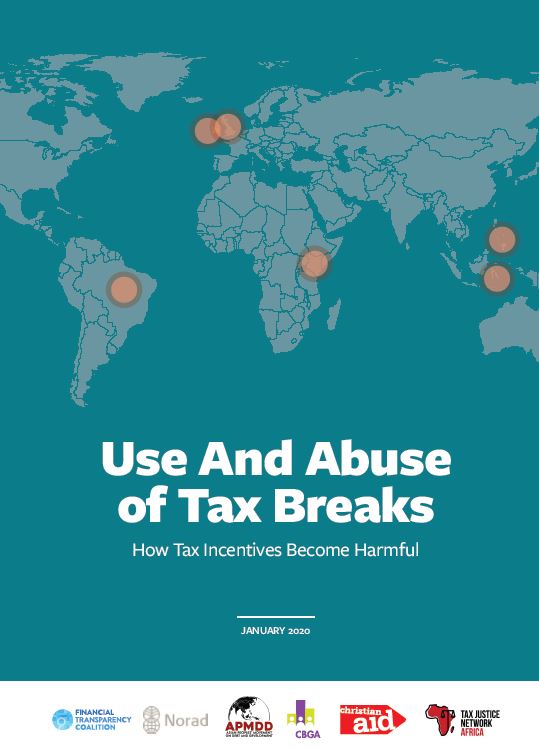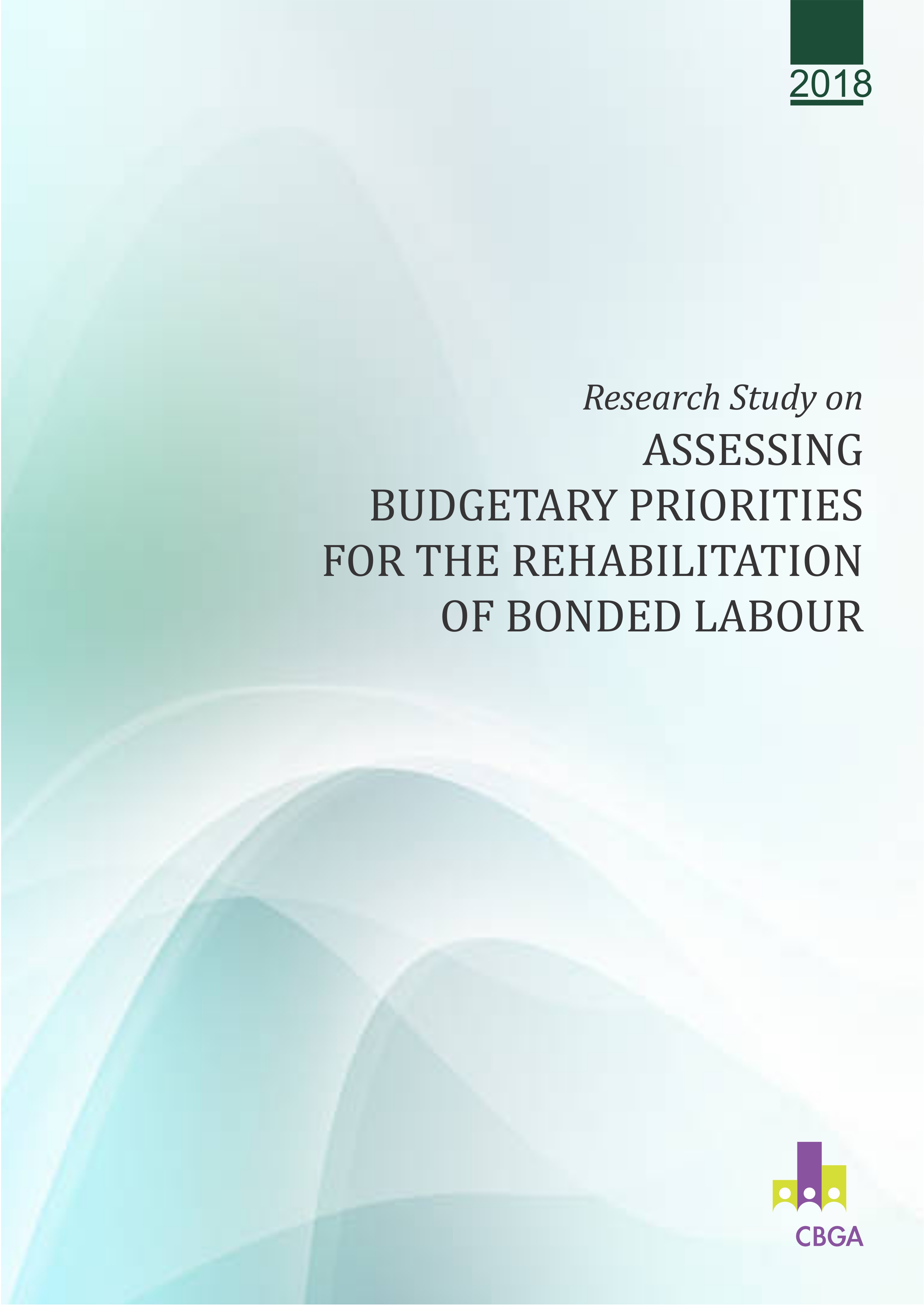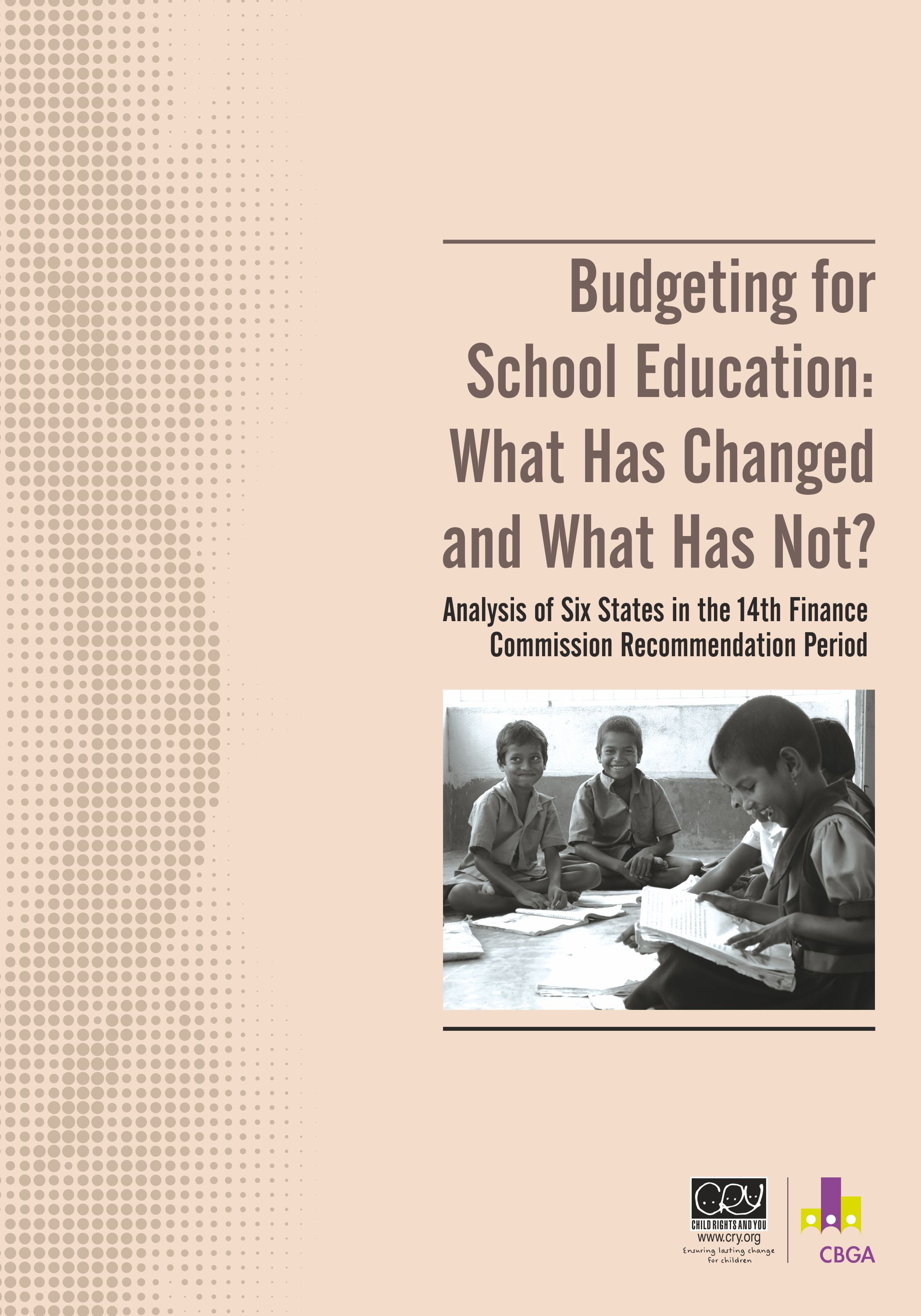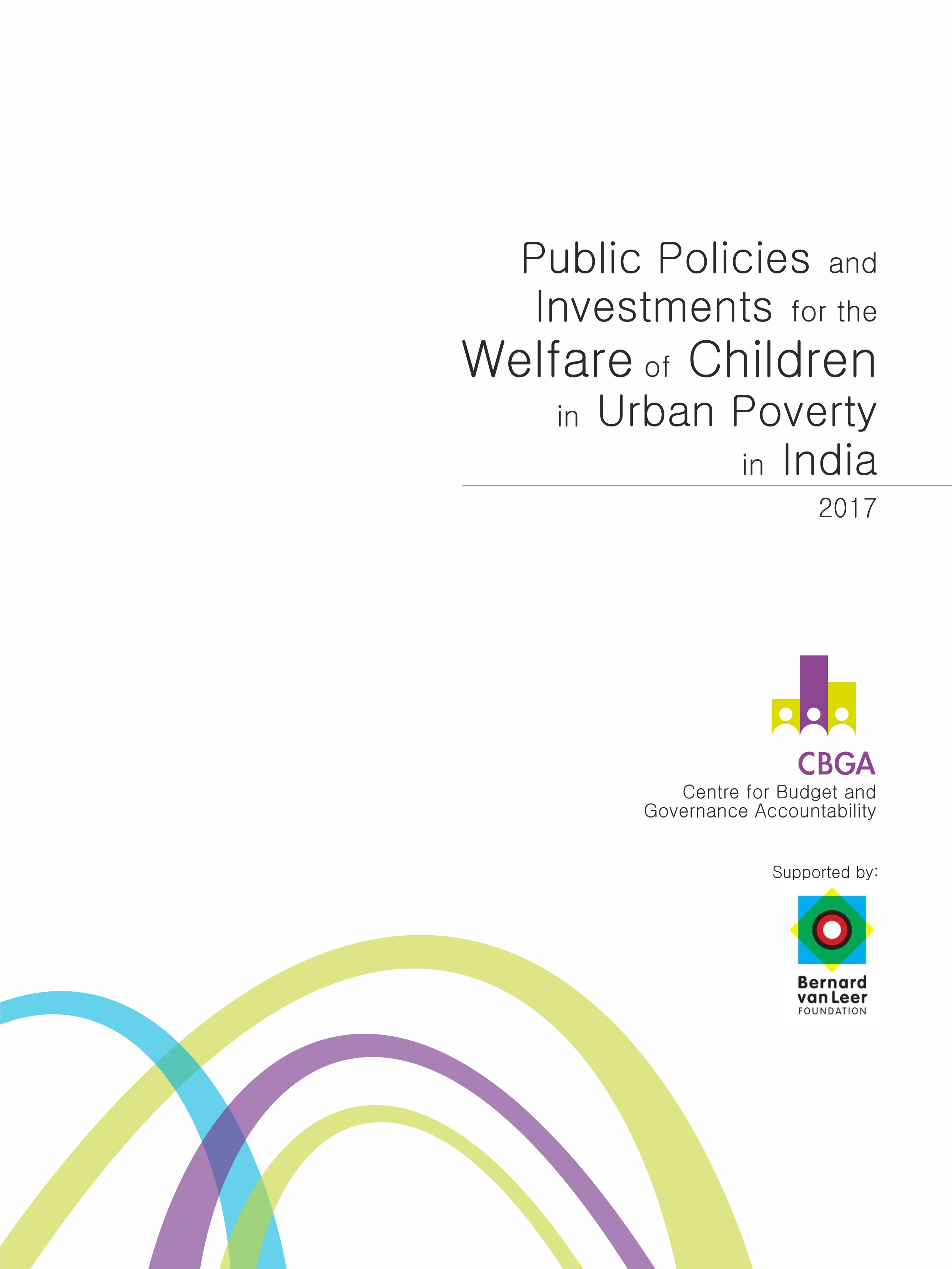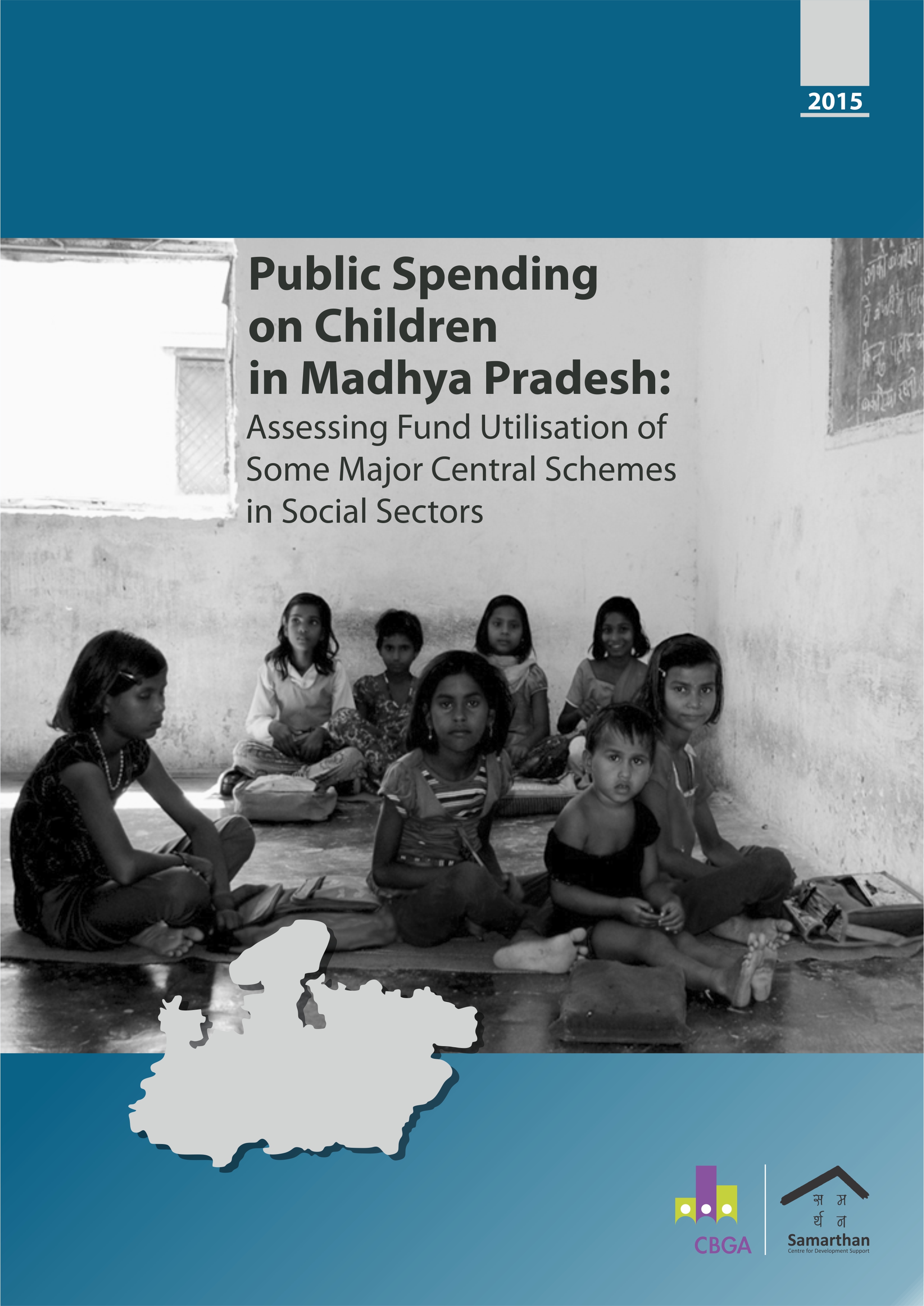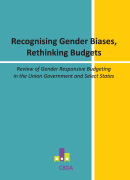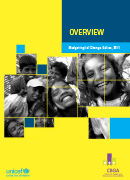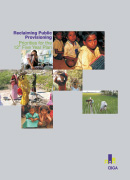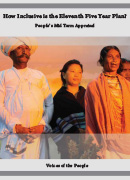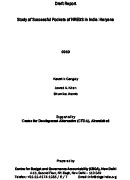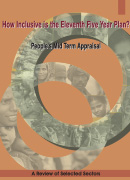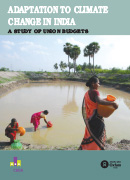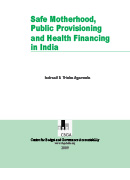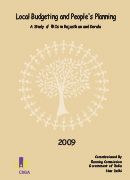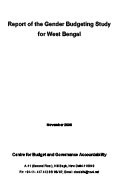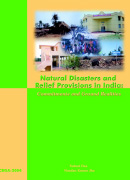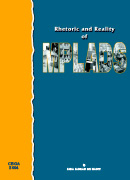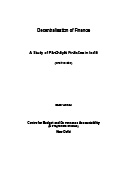Exclusion of Disadvantaged Communities in the Budgetary and Planning Processes India Exclusion Report – 2013
While government expenditure on sectors like health, education and agriculture can be expected to benefit the entire population (including the marginalized and vulnerable sections), the development status of certain groups significantly lags behind that of other sections of the population. The relatively poor development status of these groups is due to a number of reasons, including unequal social structures, discrimination, gaps and flaws in public policies, and poor implementation of government interventions. This report provides an assessment of the responsiveness of plans and budgets in India to some of the largest excluded sections of the population—Dalits, Adivasis, religious minorities, and women. It also discusses the broad contours of the fiscal policy framework prevalent in India over the last decade and its impact on promoting social inclusion and the specific planning and budgetary strategies adopted for the major excluded groups. It highlights some of the lacunae common to these strategies and indicates possible corrective policy measures. It provides some broad recommendations for improving the responsiveness of plans and budgets towards excluded groups in India.


